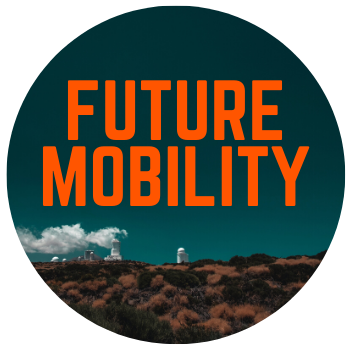
What does mobility in the future actually look like? How will our cities develop? What will happen to transportation? These are the questions we wanted to pursue and interview experts about. The journey will take us to the state of Georgia, all over Europe and to South America. Our project includes articles focusing on Spain, Italy, France, Sweden, England, the USA and even Brazil. There are interviews with people who are working on vehicles of the future, and articles that deal with the question of how we must rethink transportation as a society so that the world of tomorrow does not sink into chaos.
One thing is clear: the mobility of the future will look different than it does today. The private car will be phased out, as car sharing points the way to a new form of mobility. And if society understands the sharing model as normal it could even lead to a stronger sense of togetherness.
Much of this sharing economy already exists on a small scale. This not only lowers costs, but also ensures that resources are conserved, and materials are better utilized.

”In the future, people will buy access to mobility products rather than owning them,” Christian Rauch of Germany’s International Society for Future and Trend Consulting said in an interview with the newspaper Die Welt.
If there are new ways of locomotion, the space in which they move must also change. To what extent were visionaries like Jules Verne distant from what is now considered realistic urban development, and how has the image of mobility changed in recent times?
The fact is more and more cities in Europe are banning diesel and gasoline-powered vehicles from their business areas, including major cities such as Oslo, Brussels and Paris. The aim: to reduce air pollution and combat climate change. No longer the car-friendly city, but a city-friendly public transport system that could even run elevated above housing is within reach. According to UN estimates, by 2025 there will be 27 megacities around the world, each with more than ten million inhabitants. Rapid solutions are therefore needed.

So, let’s set out to realise these projects that are sure to be the commutes of the future and find out what futurologists think is possible.
According to Stephan Rammler, the scientific director of the IZT – Institute for Future Studies and Technology Assessment in Germany, the melting pot of this future lies in Asia. Mobility as a Service, and especially ride-sharing will be the determining factors of this new urban mobility.
The Friedrich Ebert Foundation conducted the study “THE FUTURE OF THE GERMAN AUTOMOBILE INDUSTRY” – Transformation by Disaster or by Design? of which we have read and now summarize its ideas for you.
